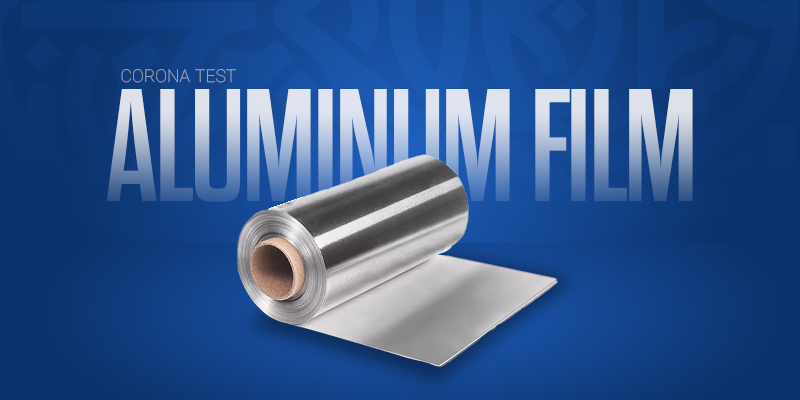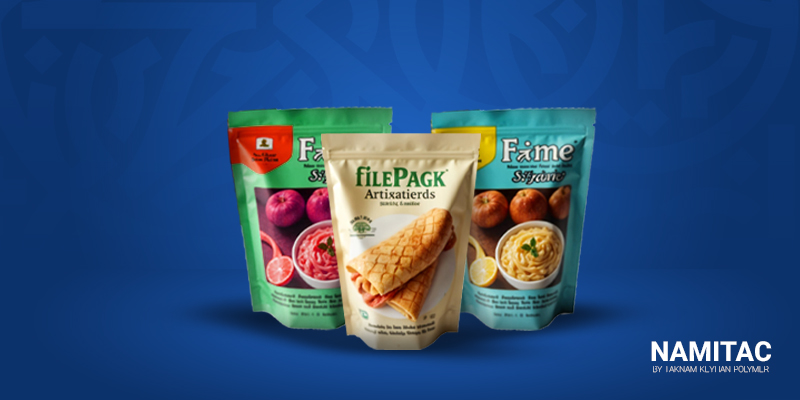
Essential tests for flexible packaging pilms
The classification of methods and essential tests for the raw materials in the printing industry within a specific group allows us to gain a clear understanding of matters related to printing and the lamination process in flexible packaging without confusion.
To realize the knowledge-driven motto of Teknam Keyhan Polymer, our content production, technical services, and support team has compiled and drafted a document on essential tests for flexible packaging films In the printing industry. This was done using the knowledge of domestic and foreign experts and professionals in this industry, aimed at identifying issues, improving processes, and training relevant operators.
Initial control of films:
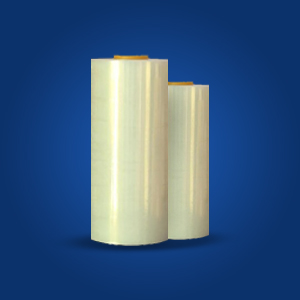
The initial control must ensure the proper appearance of the pallet (having an appropriate outer covering), no contact between rolls, vertical arrangement on the pallet, and adherence to standard parameters. Additionally, checking the specifications on the label and ensuring they match the analysis sheets (film type, weight, length, width, thickness, production date, and expiration date) are among the essential actions of initial control.
Weight control of film:
To perform weight control, mark one meter of the film length and cut it very straight. Then carefully fold the film to ensure that trapped air between layers is released; make sure the sample is free from grease and dust. It is advisable to use gloves for this task. Measure the weight of the film and divide the measured weight by the width of the work. The resulting weight is expressed in grams per square meter. If the edges are not cut smoothly, the obtained weight will be approximate. This test is applicable throughout the entire production process. For this test, use a scale with a precise calibration of 0.02g.
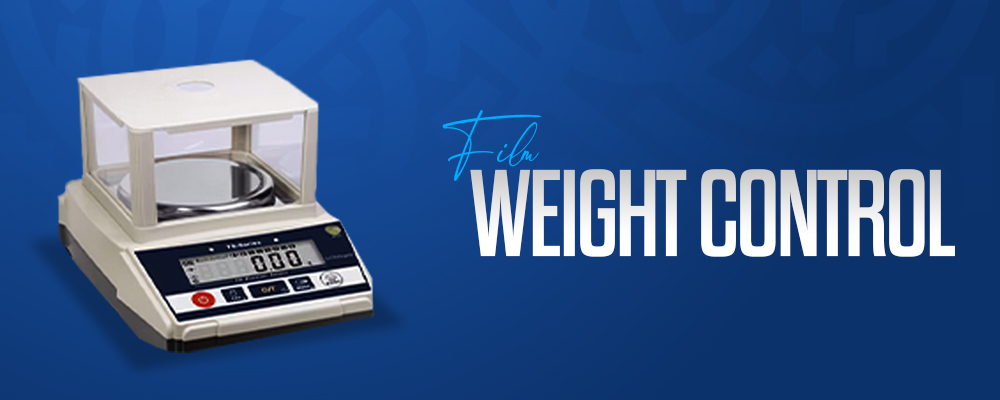
Corona test with marker or solution:
The corona treatment process is used to increase the surface tension of the film so that inks or other materials (laminate adhesive) adhere better to the film. BOPP and PE films (one-side corona) should have a surface tension between 38 to 42 mN/m (milli-Newtons per meter), while PET and PA films should be between 48 to 52 mN/m for optimal use in the production process.
Laminating adhesive for flexible packaging
To conduct the test, peel back the first layer from the corresponding roll to prevent any possibility of grease or dirt, and perform the test on the underlying layer. The sample must be free from grease and dust. Typically, due to the sensitivity of this test, corona testing is performed across the entire width of the film. The effects of a marker or corona solution should not dissipate from the film in less than 3 seconds. Films lacking corona treatment will not undergo printing or lamination, and if weak, should be treated with a corona device within permissible limits.
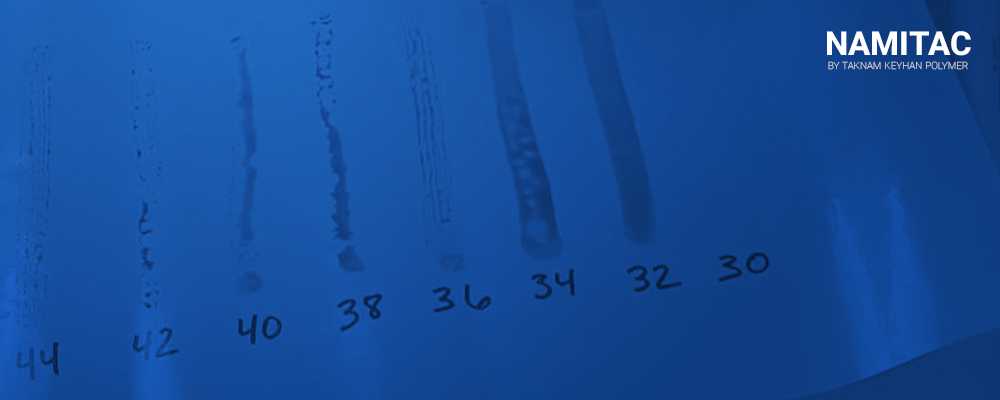
Coefficient of friction test (COF):
Another essential test for flexible packaging films is the coefficient of friction test. When one object slides over another, a resistive force arises at the contact surface of the two objects opposite to the direction of motion, which prevents movement. The COF test indicates how difficult It is for two surfaces in contact to slide against each other.
According to ASTM standard D1894, this test must be conducted in both longitudinal and transverse directions to determine the slip rate of films. The slip rate is very Important in packaging machines. For this test, one film is attached to a fixed weight (200 grams), while another film is attached to a movable plate. The force required to pull both films at a speed of 15 mm/min is measured, and ultimately, the coefficient of friction between the two films is calculated by dividing the measured force by the weight of the fixed weight, yielding a value between 0 and 1. This value depends on machine conditions and varies for each packaging device.
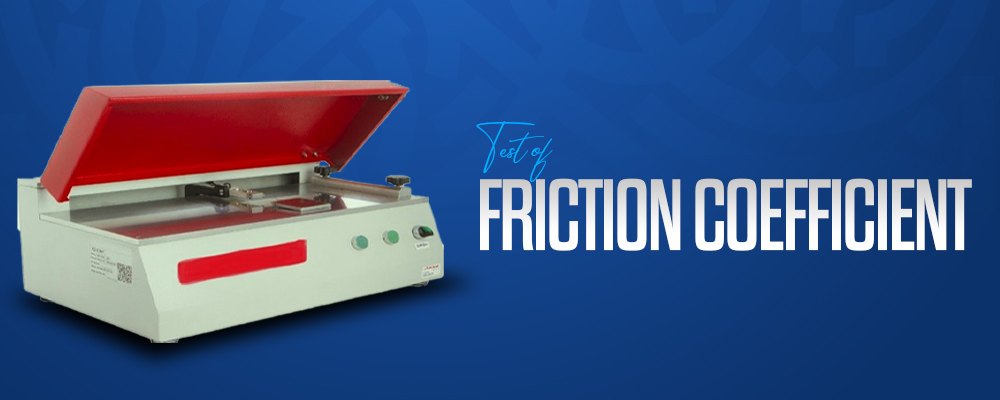
Blocking test:
The adhesion between two layers in polymer films is referred to as blocking, which manufacturers of polyolefin films such as polyethylene and polypropylene commonly encounter. The standard test for measuring blocking in polymer film layers Is ASTM 3354-89. Additionally, an experimental test can be performed by cutting samples into several layers, stacking them, and placing a 15-kilogram weight on top for 15 minutes to examine this property. A desirable film at the end of this test should show no adhesion between layers.

Static electricity measurement test:
Forecast for the growth of the global adhesives and sealants market by 2030
To prevent the accumulation of static electricity on the surface of the film, anti-static additives are used. The electric charge provides a rapid effect in reducing dust attraction in food packaging. For measuring static electricity, it is advisable to use static meters. The effects of static during the printing process appear as dotting in the print.
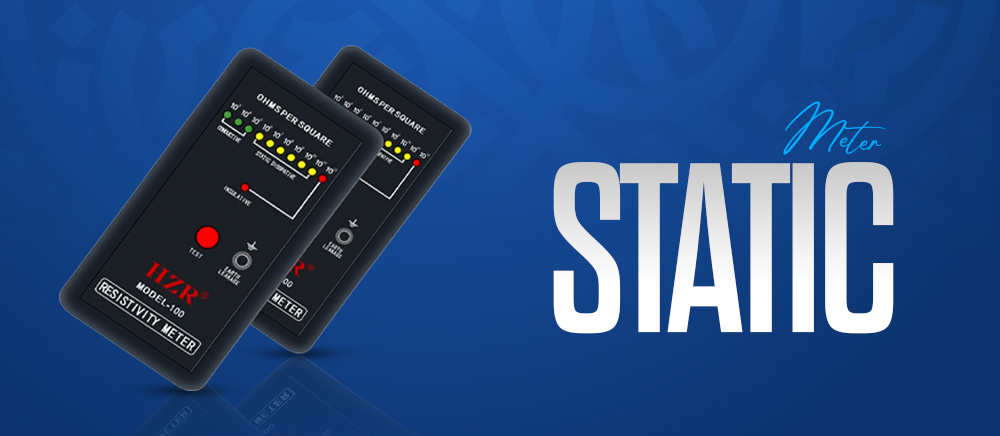
Test for metallized films:
To conduct this test and ensure the integrity of the metal (aluminum coating), use a clear adhesive tape test. Apply a 5 cm wide clear tape with appropriate pressure to the metallized side of the film and remove It at a 65-degree angle with uniform force from the surface of the film; the metal should not come off the film. If it does come off, it is better to test it in the printing and lamination unit before using it carefully.
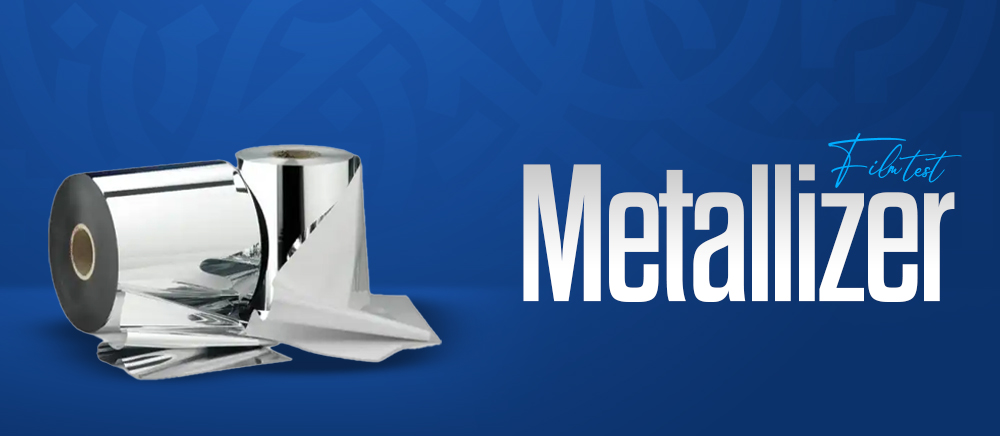
Twistability test for twistable films:
This test is best performed manually, as the film should not tear or open during twisting.
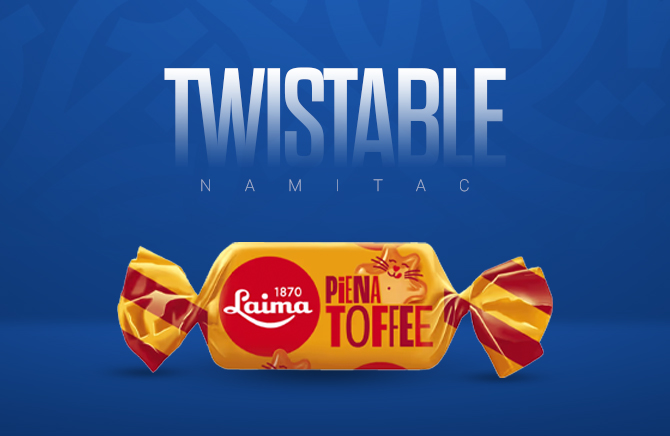
Sealability test:
The thermal sealability test should be conducted at temperatures between 115 to 125 degrees celsius and with a pressure of 2 bar for a specified duration on heat sealable films.
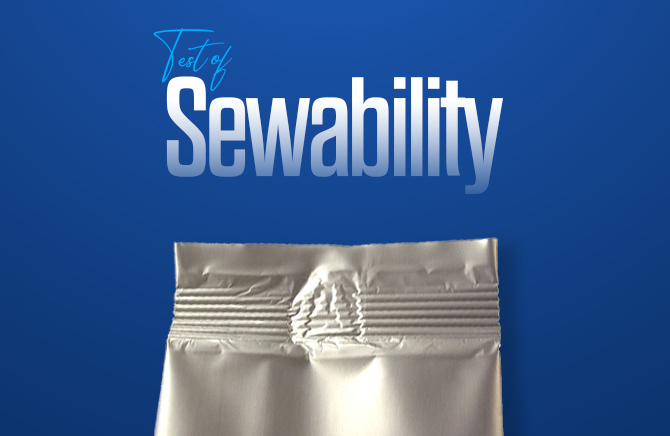
Corona test for aluminum film:
To check the integrity of aluminum film, an ultrasonic test can be performed, and the corona surface can be tested using the following method:
Take a completely clean cotton swab with tweezers and sufficiently moisten it with distilled water so that it covers the entire width of the roll for testing. The cotton should be drawn across the foil from the center towards the right and left, ensuring that the layer of distilled water is thin and uniform. If this layer remains stable for 3 seconds (not transitioning from a continuous state to droplets), the foil is considered acceptable. However, if the foil is oily, drawing the cotton across its surface will create a droplet effect. The most sensitive areas of the foil regarding oiliness are the edges and sides, as there is a higher likelihood of oil presence in those areas.
